the feed
Some Not So Basic Car Camping Tips
The weekend is coming and you have an epic car camping trip lined up. Check out these car camping tips to make sure it's the best one yet!
I love car camping. You get to bring all the luxuries and still get to enjoy the best of nature. You know what I don't love - the packing, forgetting things, FOMO. We put together this list compiled of mistakes we have made in the past so that you don't have to go through the same thing. After all, we are heading out to the wilderness for some peace, quiet and relaxation, right?

Before you hit the road
1. Fill the tank
Don’t be that guy. There’s nothing worse than getting out on the Forest Service roads and watching the ominous gas light turn on. Start your trip off with a full tank of gas. You may also want to top it off before heading into the wilderness. Stay stress free, my friends. I carry a Rotopax 2 gallon tank that I fill with extra fuel on longer trips, but my Tacoma doesn’t get the best mpg.

2. Bring Lots of Water
Start your weekend with as many full water bottles and bladders as possible. Weight isn’t an issue since you won’t be lugging it around on your back, and having lots of water gives you peace of mind. Use every gas station, visitor center and restroom as an opportunity to top off. Part of my road-tripping kit is a Dometic Go Hydration Water Jug paired with their Faucet. At camp, this also serves as my Hand and dishwashing station.
3. Sleep like a king or Queen
Don’t skimp on the luxuries. You’re not backpacking here! Bring a thick air mattress, or a heated blanket, and maybe your favorite pillow. Bust out your favorite book before bedtime. Heck, hang an iPad and snooze off to an episode of Ozark.

How to Pick Out the Perfect Campsite When Car Camping
4. Don’t Limit Yourself to Paid Campgrounds
The states are loaded with beautiful free campsites - you just need know where to look. One of the beauties of public land is that you can camp for free, right near your car. Follow these guidelines to choose a site, and be sure to check with the local land management agency for specific regulations.
5. Check if you need a Fire Permit
If you think you’ll want to make a fire, get a permit in advance from your local land management agency. Just because the campsite has a fire pit doesn’t necessarily mean fires are allowed. Know how to properly start, maintain and make sure your campfire is dead out.

When you get to your perfect campsite
6. Save your car battery
You’ll probably be opening the doors frequently, so save your battery by keeping the indoor lights in the “permanently off” position, and carry jumper cables in case of a dead battery. I always have a car jumper kit stowed away. This thing has saved my butt more times than I would like to admit.
7. Don’t make your campsite a yard sale
No need to unpack every last item: leave some things, like your daypack, extra food, and extra clothes, in the car. This helps you stay organized and ensures you have some reserve supplies in the rare event that critters steal your food or weather jacks up some of your gear.

Car Camping Tips for Setting Up Camp
8. Pick a Safe Spot for Your Tent
Scan the site for dead or overhanging branches and trees - you don’t want to pitch your tent underneath these things. Set up your tent in a flat, well-drained area. Bonus points if you can have your opening facing some epic scenery. Even though many tents have 2 vestibules, I usually only use one side to minimize the chance of debris or rain getting inside the tent.
9. Be The camp chef
Find a flat, sheltered spot 150 feet from your tent to pitch a tarp or canopy like the Kelly blah (if you’re expecting rain) and set up your stove. I set my kitchen under my FRO awning up against the truck. Use a proper kitchen table, chill your beer or wine in the stream (check alcohol restrictions for the land management agency), and get ready for a gourmet dinner.

Some Bomb Car Camping Tips
10. Don’t be a Litterbug
It’s important to practice Leave No Trace (LNT) by packing out all of your garbage. we started using the Litter Gitter by Kelty which helps to stay clean and organized as well as cutting down on tic garbage bags. If you’re in a place with access to waste bins, like trailheads or visitor centers, take the opportunity to chuck some in here. This will keep your car from getting stanky.
11. Store Food in the Car
Storing food and cooking equipment in the car prevents hungry critters from setting up shop on your site. Bring a cooler and sealed containers for opened foods: this keeps them fresh and lowers the stink factor. We have started using reusable storage bags and food storage containers by hydra flask. They help keep the food fresh, are super durable and come in some pimp colors for photos. If you really want to go all in, check out a portable camp freezer like the Dometic CFX45. We are big fans of outdoor cooking and having one of these is a game changer over using a traditional cooler. It is way cleaner, and cheaper in the long run - plus you never have to worry about water getting into any of your foods.
12. Tetris TF out of your car
Develop a mental map of where everything is in your car. You don’t need to be overly meticulous and annoying, but using proper bins or bags goes a long way. for soft items, I use Gregory Duffel Bags like the Supply Duffel 60 or Alpaca 60. For other items, I use the Rubbermaid Action Packer bins. A lot of people swear by this REI packing cube system but I personally haven't used them yet. Because I have a pickup truck, it’s rad that these can be locked with a quick combo master lock. Starting and staying organized as you go allows you to spend more time enjoying the outdoors and less time rummaging around for that spork that you swear is under the driver’s seat, but come to think of it, it might be in the glove compartment…

Car Camping Tips for packing up your site
13. Leave it as Clean or cleaner than you found it
Pick up all trash left behind by previous hooligans (especially in the fire pit). I agree, it’s no fun, but people will sometimes just be people. if you love the outdoors, be the better person and pick up what can. I thank you on behalf of all of the a-holes.
14. Spread some love
On your way out, stop by the visitor center or ranger station to tell the staff how much you enjoyed your visit and to thank them for all the work they do to keep these areas open and accessible. To do their jobs they sacrifice a lot. a small gesture of appreciation can go a long way!
8 Useful Tips to Improve Your Travel Photography
Looking to improve your travel photography? I’ve spent 10-years shooting photos from destinations around the world. Here are my 8 favorite travel photography tips for beginners.
Ready to Step up Your Travel Photography?
Looking to improve your travel photography? I’ve spent 10-years shooting photos from destinations around the world.
Here are my 8 favorite travel photography tips for beginners.

Wake up Early (like, super early)
The early bird gets the worm. How does this apply to travel photography? The most fundamental element of great photography is light, and soft, warm morning light produces stunning photos.
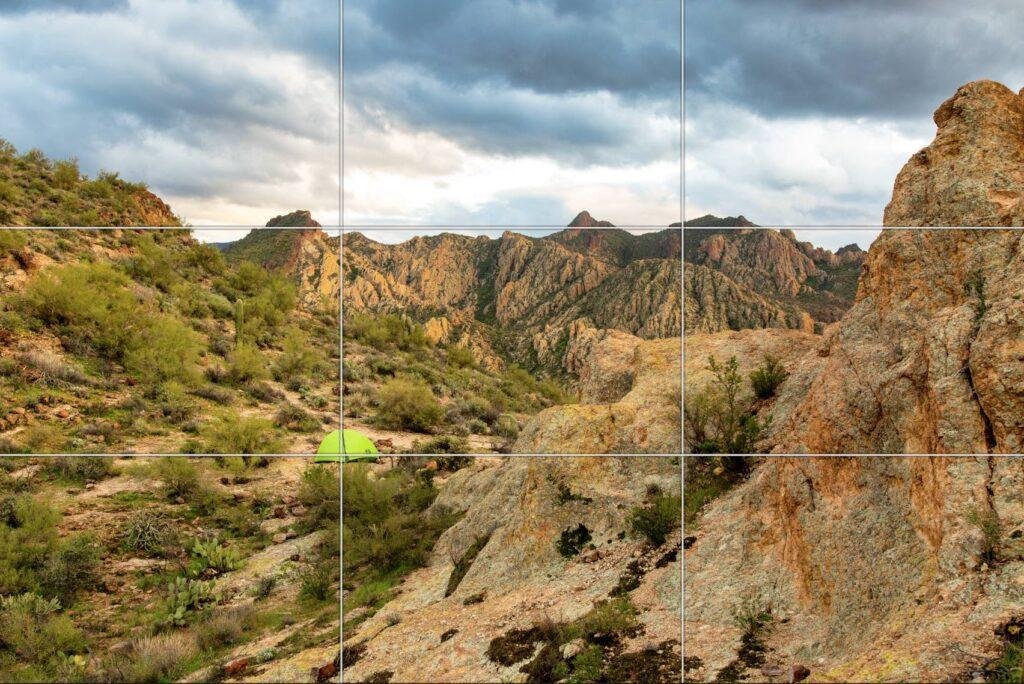
Rule of Thirds
This is a general rule of thumb to follow - don't go crazy trying to make it exact or work for every shot. It is more like something that you practice and think about when shooting so it starts to come naturally.
The gist of it is this: Place your points of interest where the lines intersect. In the example above, I placed my tent (the main subject) directly on the bottom-left intersection. The horizon line lines up with the grid lines as well.
Turning on your camera's "grid" feature will display a grid directly on your LCD screen making it simple to compose using the Rule of Thirds. This works on your phone as well!
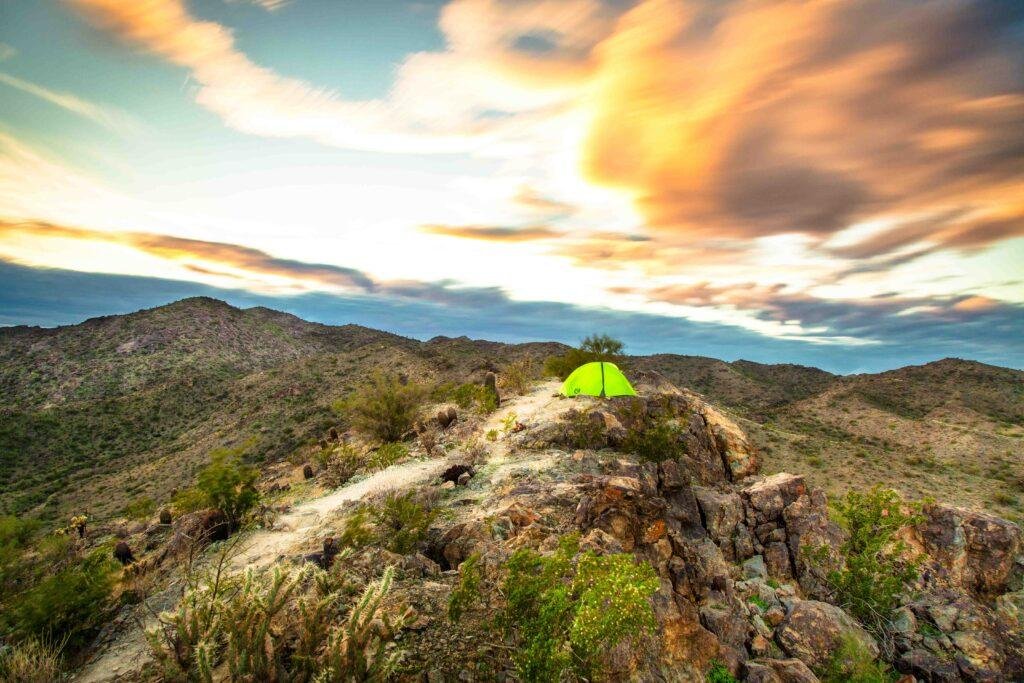
Use A Tripod for Travel Photography
Tripods allow you to shoot at much slower shutter speeds (waterfalls, low-light, stars, and so on) without having to worry about camera shake. For adventure and traveling, I use the Peak Design Carbon Fiber Travel Tripod.
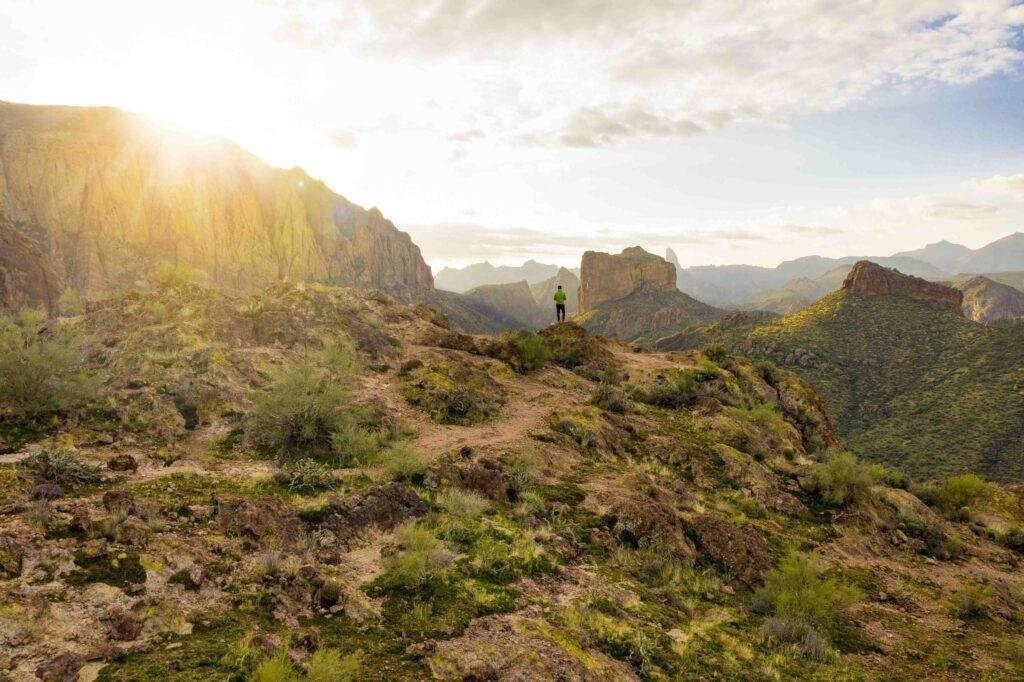
Use Some Human Element
A better sense of scale is also created by using a human element. You can get a better feel of how big those mountains are by placing your subject in the distance or using a wide-angle lens.

Use Leading Lines
Basically, you're trying to direct people further into your photo by using the land, objects, or other elements to take them to the main subjects. Roads, rivers, hiking paths, alleyways, and mountain ridges are all great examples of leading lines.

Ask the Locals
Don't be shy, but always be respectful and polite. Make friends with locals or do some research before your trip to seek out off-the-beaten path locations.
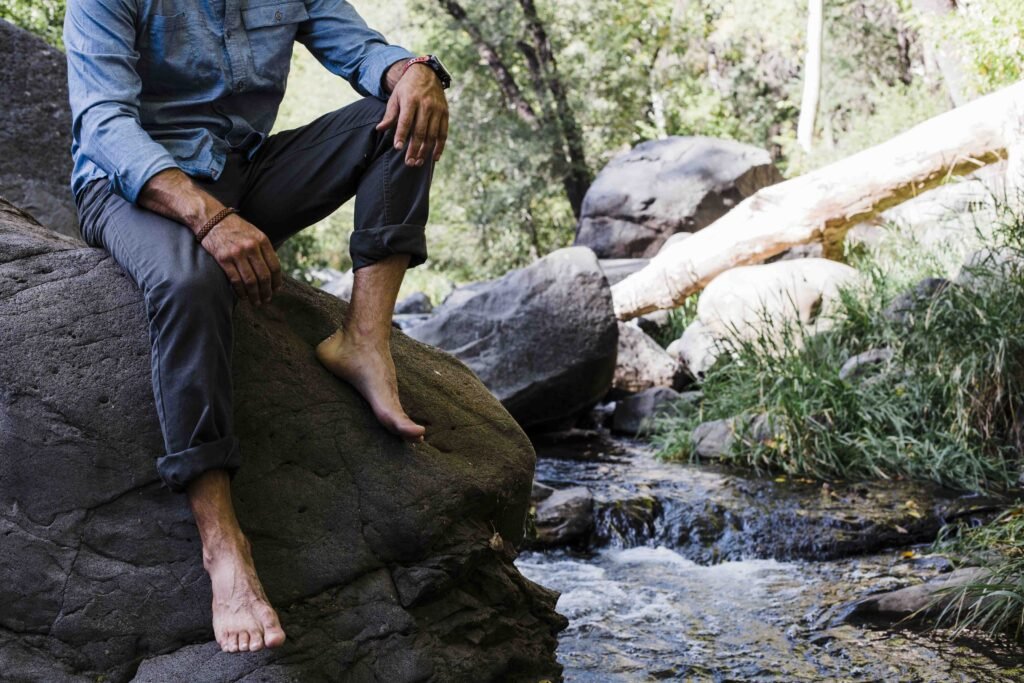
Mixing It Up
Always keep learning. Try different lenses, different poses, play with your composition or test ND filters. Maybe try to shoot an epic timelapse. Stay Fresh!
Travel Photography - Listen. Learn. Share
Take notes, take courses, make friends with people who are doing what you would like to be doing. Absorb what you can. Put yourself out there and just keep at it.
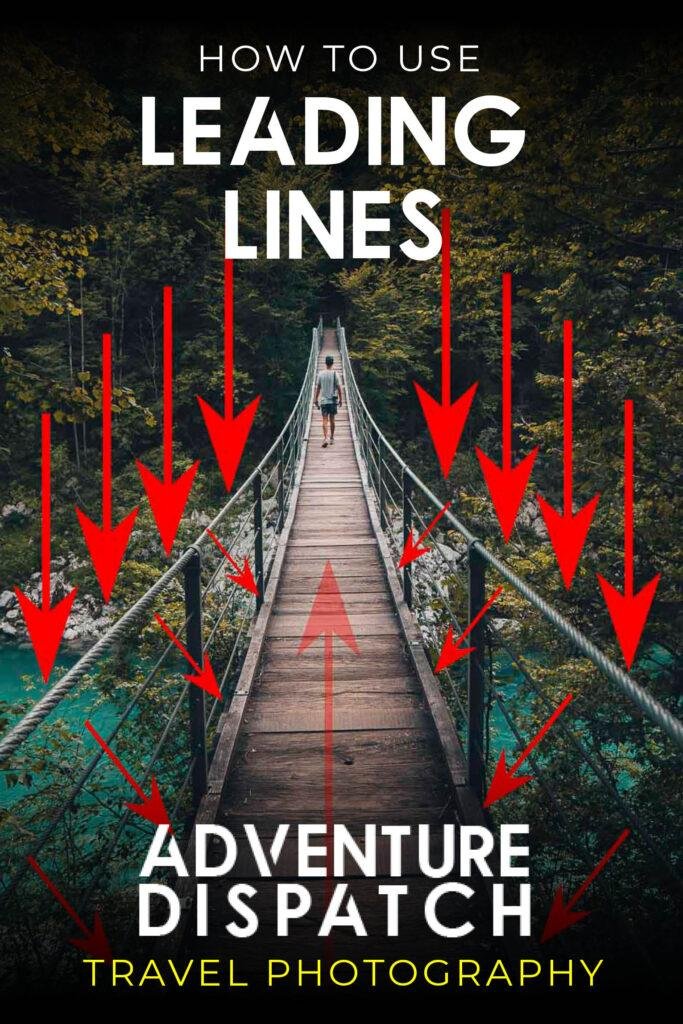
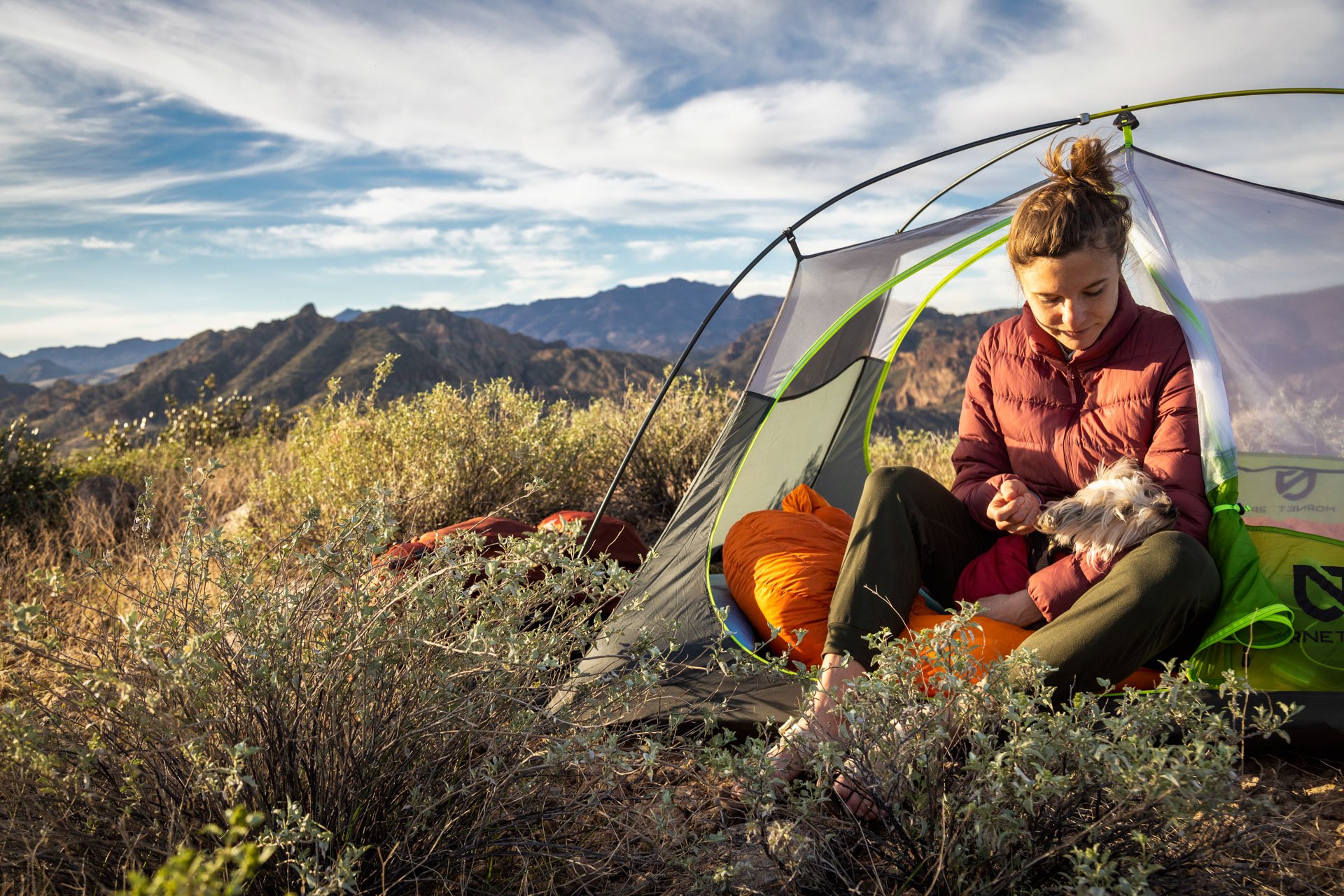
OUTDOOR
ADVENTURE
Featured Posts
HIKING
|
FLY FISHING
|
CAMPING
|
BACKPACKING
|
GEAR REVIEWS
|
HIKING | FLY FISHING | CAMPING | BACKPACKING | GEAR REVIEWS |
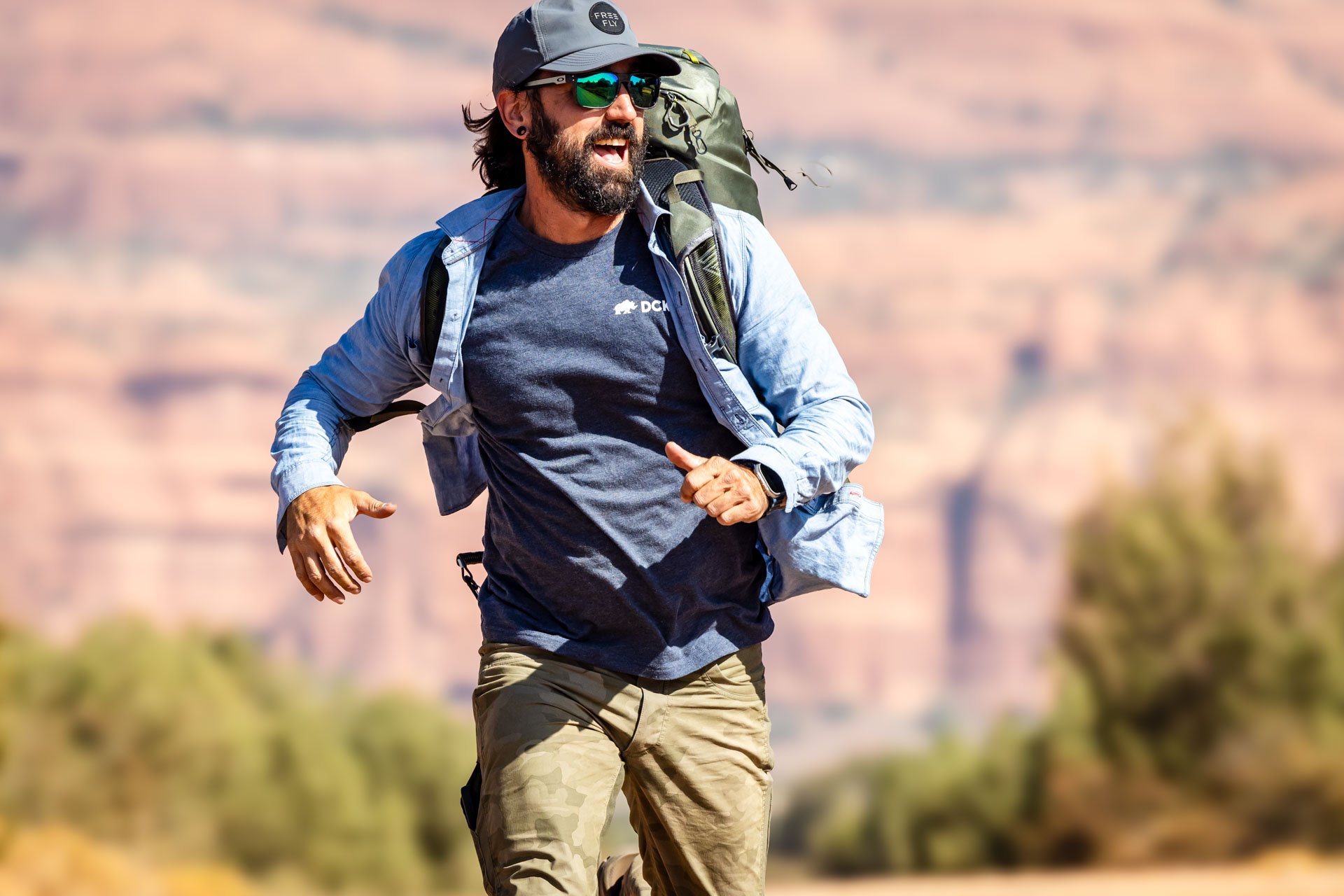
Best of
Top Clothing Brands of 2023
Discover unbeatable deals on Patagonia winter essentials at the REI Outlet sale! Get up to 40% off on jackets, parkas, and more.
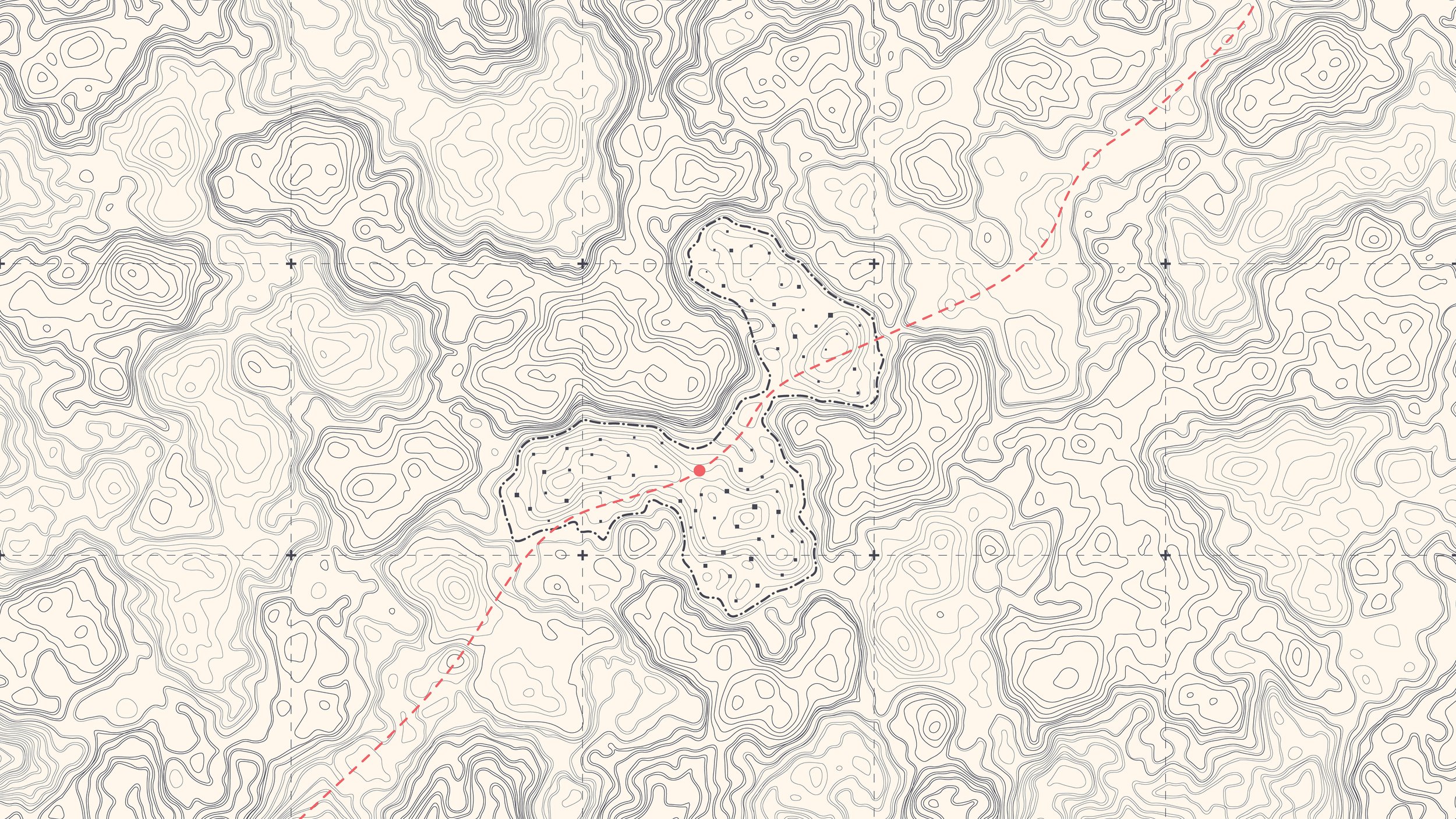
Subscribe to Our Newsletter
Sign up with your email address to receive news and updates.
Get in touch.
Just like in a hardcore round of intense pickleball, communication is key! Reach out with any questions, comments, beer recommendations, inquiries, critiques and jokes.



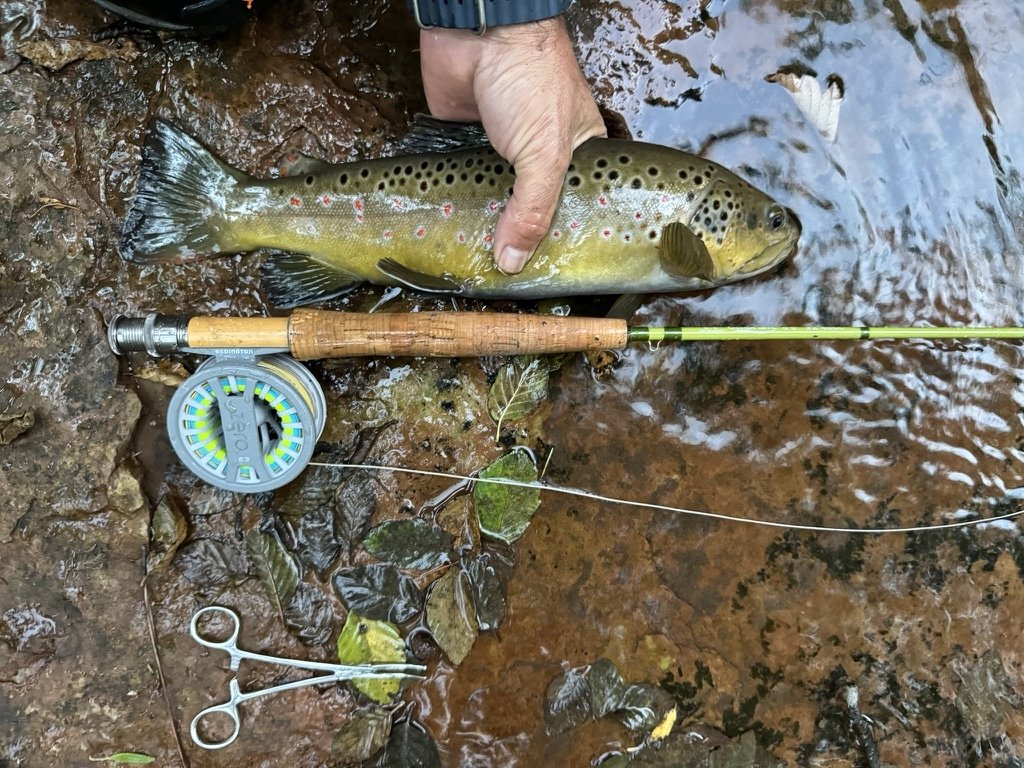

A well-equipped car camping kitchen setup makes outdoor cooking effortless. Here’s my essential gear list—powered coolers, Jetboil stoves, storage solutions, and more—to help you cook like a pro on the road.